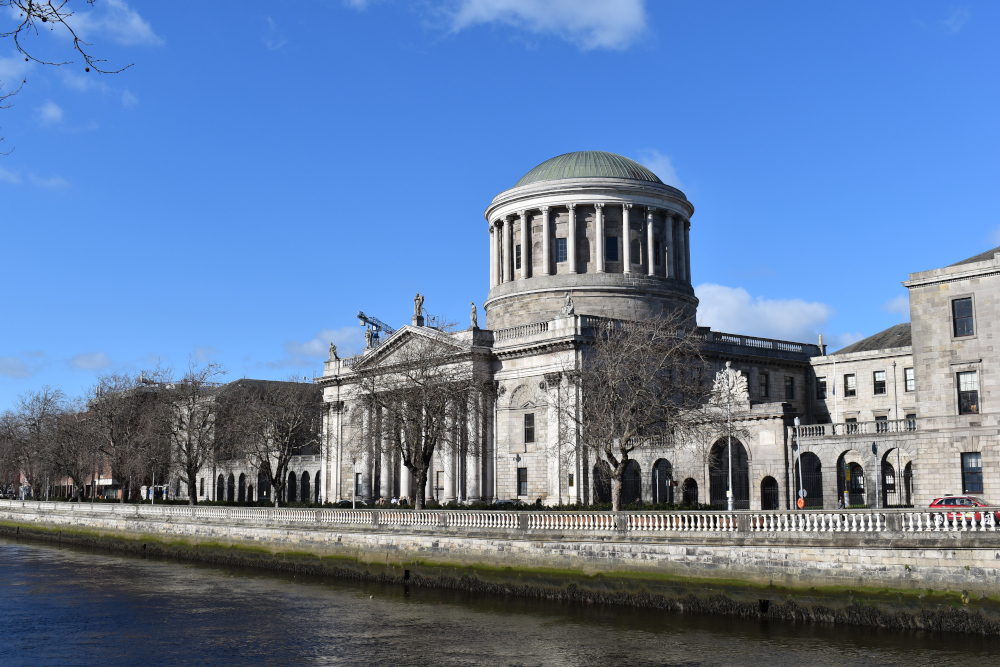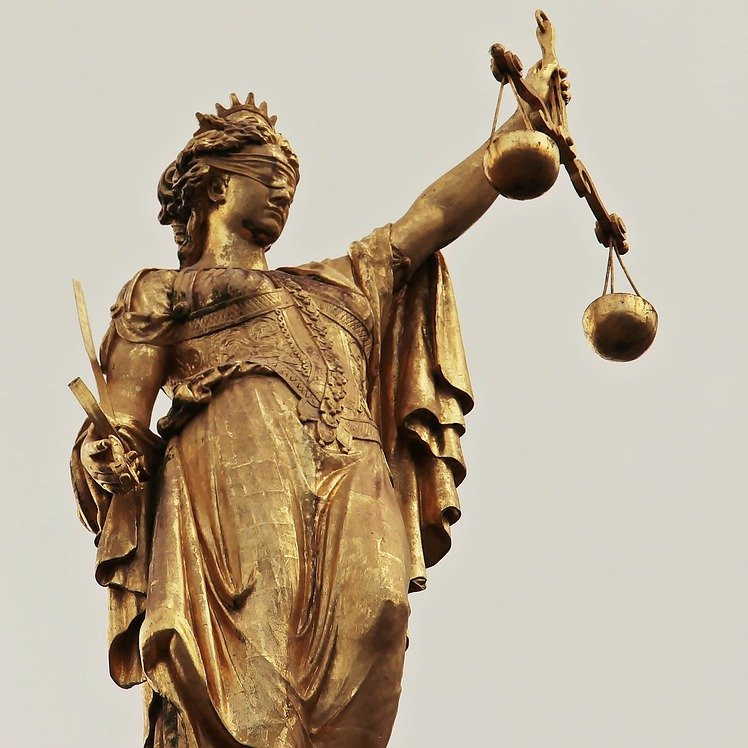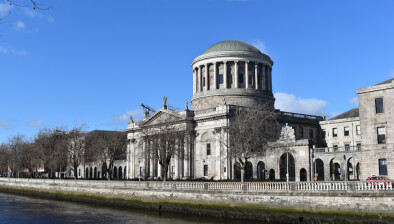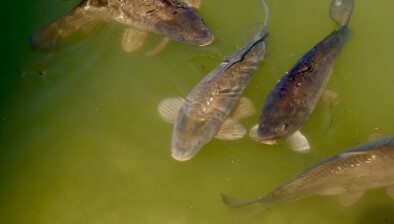High Court: Questions answered in consultative case stated concerning angling bye-law

The High Court has answered two questions in the affirmative relating to the use of circumstantial evidence to convict for an offence under angling bye-laws.

About this case:
- Citation:[2025] IEHC 530
- Judgment:
- Court:High Court
- Judge:Mr Justice Barry O'Donnell
Delivering judgment for the High Court, Mr Justice Barry O’Donnell confirmed that while the bye-law prohibited the use of lures other than artificial fly lures, it was unnecessary for the prosecution to produce real evidence of the lure where sufficient circumstantial evidence had been tendered before the District Court and where the trial judge had not moved beyond the drawing of legitimate inferences to “speculation and conjecture”.
Background
On 17 May 2023, a fisheries officer was conducting fisheries protection duty at Bohernabreena Lower Lake when he observed the accused and another male casting and reeling spinning rods with spinning lures.
The officer cautioned the accused and having informed him that an offence had been committed and that a fixed charge penalty notice would issue, the officer seized the rod and reel.
The accused was subsequently prosecuted under section 3 of the Bohernabreena and Roundwood Reservoirs (Angling) Bye-Law, No. 635 of 1984, which prohibits the use of lures other than an artificial fly lure in the Bohernabreena and Roundwood Reservoirs.
At trial, the accused’s counsel sought a direction on the basis that the officer had not produced real evidence of the actual lure used by the accused, asserting that the bye-law placed an onus on the prosecution to prove that the lure was something other than an artificial fly, and so the actual lure should have been produced.
The District Court held with the prosecution, finding inter alia that the accused had been using a spinning rod which was inherently unsuitable for fly fishing and that in light of the all of the evidence, there was no need for production of the actual lure.
Case stated
Subsequently, the District Court forwarded a consultative case stated to the High Court, asking, firstly, whether in a prosecution under the bye-law, it is necessary to have direct evidence of the type of lure used by the accused or whether an inference be drawn as to the type of lure used on the basis of the evidence before the court.
The second question concerned whether, in light of the evidence that the fishing rod and reel seized were unsuitable for fly-fishing and the action observed on the rod was inconsistent with fly-fishing, the court’s finding that that evidence alone was sufficient to prove an offence under the bye-law was correct in law.
The High Court
Having heard the parties’ submissions, Mr Justice O’Donnell explained that as a matter of statutory interpretation, there was nothing in the wording or overall scheme of the bye-law that required the production of the actual lure used by a person accused of breaching the prohibition.
The judge confirmed that the plain meaning of the provision is that a person angling with rod and reel in one of the identified reservoirs must only use an artificial fly as a lure, and that it was “not necessary to consider exhaustively how a breach could be established to the criminal standard”.
Observing that the critical fact in issue will be whether the accused person was using a lure other than an artificial fly while angling for fish with a rod and reel, Mr Justice O’Donnell noted the trial judge’s first question went to the issue of whether a safe conviction could be secured by reference to circumstantial evidence.
In this regard, the judge emphasised that the answer to this question was “uncontroversial and well established”, adding: “At a level of principle, a person can be convicted of the highest crimes on the basis of circumstantial evidence”.
Turning to the second question, the court highlighted that the case before it was not an appeal and that the point of the process is to provide answers to specific legal questions to permit the relevant judge to reach a final decision, and that the appraisal of facts and the application of the point of law to those facts were matters for the trial judge.
The court expressed that some deference was owed to the trial judge, who had heard all of the evidence and was satisfied to convict subject to clarification that he was correct in his view that as a matter of law, the production of the actual lure was not a precondition for a safe conviction.
In that regard, Mr Justice O’Donnell opined: “Arguably the better course of action for the accused, being dissatisfied with the outcome, would have been to avail of his right to appeal.”
Nonetheless, the court proceeded to analyse the approach adopted by the trial judge to the appraisal of the circumstantial evidence by reference to the procedure set out in The People (DPP) v Cumberton [2020] IECA 136, concluding that “the approach adopted by the learned judge was reasonable and the inferences that he drew were legitimate” and that the trial judge had not “moved from ‘legitimate inferences that can be drawn based on rational connection and common sense’ to speculation or conjecture”.
Conclusion
Accordingly, the High Court both questions in the affirmative.
Inland Fisheries Ireland v James Joseph Connors [2025] IEHC 530









